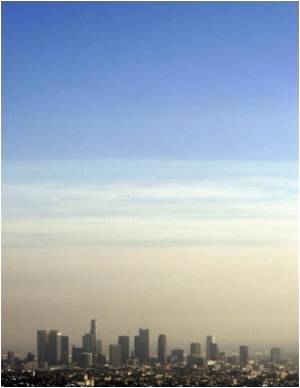
The average size of the 2012 ozone hole was 6.9 million sq miles (17.9 million square km). The Sep 6, 2000 ozone hole was the largest on record at 11.5 million square miles (29.9 million sq km).
Ozone layer acts as Earth's natural shield against ultraviolet radiation, which can cause skin cancer. The ozone hole phenomenon began making a yearly appearance in the early 1980s.
"The ozone hole mainly is caused by chlorine from human-produced chemicals, and these chlorine levels are still sizable in the Antarctic stratosphere," said atmospheric scientist Paul Newman of NASA's Goddard Space Flight Centre in Greenbelt, according to a NASA statement.
"Natural fluctuations in weather patterns resulted in warmer stratospheric temperatures this year. These temperatures led to a smaller ozone hole," added Newman.
The Antarctic ozone layer likely will not return to its early 1980s state until about 2065, Newman said. The lengthy recovery is because of the long lifetimes of ozone-depleting substances in the atmosphere.
Advertisement
Source-IANS









